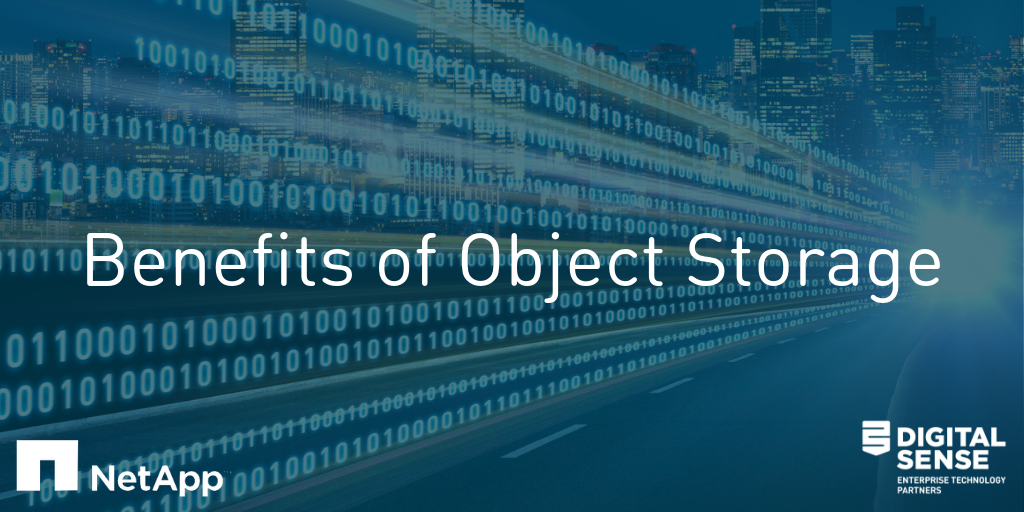The two fundamental differences between file and Object Storage is the way the indexes (metadata, which helps you to find and tag data) is tracked and secured, and how data can be accessed and manipulated using a communication protocol that can easily access data no matter where it is on the planet. It is the core of the equation that makes Object Storage so valuable. But where does Object Storage have the most value? Becoming the global standard for data retention in the age of cloud computing, Object Storage has set itself apart in Durability, Scalability, Speed and Analytics potential.
Durability
When data is stored in a filesystem, small portions of the file can be overwritten, and strong locking mechanisms prevent two users from making competing updates at the same time. This works because the filesystem is designed to appear as a local resource, physically close to where data is produced and consumed. While data stored as an object can, security permitting, be analysed, manipulated and accessed from anywhere around the world. Instead of updating small portions of an existing file, new copies are saved when modifications are made. In addition to the immutable properties of data stored as objects, erasure coding can be applied to Object Storage to further increase the durability and reliability of data without needing to rely on the physical integrity of a single device, or even datacenter.
The durability of Object Storage is enhanced by erasure coding, which uses a scheduling algorithm to fragment data for storage. Traditionally, when looking at Object Storage, data is split apart into 16 sections with only 12 sections required to rebuild the original data. Four out of 16 sections can be redundant, and it means that instead of secure data requiring two complete duplicates, using 2 times the amount of the space as the original data, Object Storage can give 11 nines of durability in only 133% of the original space. Services like NetApp’s StorageGRID achieve 11 nines availability and 15 nines durability by utilising layered erasure coding.
Scalability
Additionally, Object Storage addresses traditional storage difficulties with scalability. Block-based file systems use lookup tables to identify the location of blocks. As more and more data is stored within a system these lookup tables become massive databases themselves. Performance dips significantly as traditional SAN and NAS grow beyond a certain size.
Instead of storing information in blocks or in tiered file systems with one name, and one specific path or address, Object Storage has customisable metadata and unique identifiers for all stored data. Low-level block management is delegated to local file systems and the object store tracks high-level details eliminating namespace issues and the need for lookup tables. Object Storage uses these systems to store data as individual units, or objects and allows for the retrieval and manipulation of any data across a storage space.
Object Storage scales into the petabyte range, and this seemingly limitless scalability is what truly sets Object Storage apart from older storage architectures. Despite being less competitive in some use cases, having this scalability without removing functionality makes Object Storage the only choice for large-scale data solutions.
Analytics
Any organisation dealing with a large amount of data knows the importance of a comprehensive Data Lake. Data Lakes are the logical extension of what were previously thought of only as an archive but are valuable for more than just the data they store in case of primary data loss; they also give a wide array of data to a variety of analytics tools. The impact that comprehensive data analysis can have for a business is extremely valuable and, in addition to archiving, Object Storage is becoming the primary storage architecture for modern analytics and business advantage.
Object Storage has the capacity to allow for any number of analytics and machine learning operations to be performed on the data while it is stored. Object stores contain data in a flat namespace, once large enough these stores can be analysed by machine learning and modern analytics. Modern analytics are being designed to complement the functionality of Object Storage, and over time already significant analytic methods are becoming even more sophisticated. Contact Digital Sense to help you achieve the best outcome for your Data Management needs.





